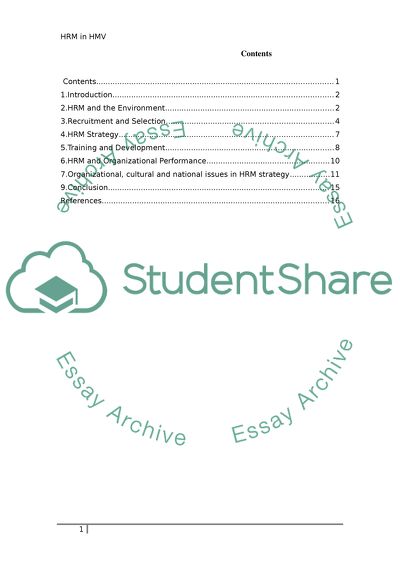Cite this document
(“Evaluating an International HRM Strategy Assignment”, n.d.)
Retrieved from https://studentshare.org/human-resources/1485515-evaluating-an-international-hrm-strategy
Retrieved from https://studentshare.org/human-resources/1485515-evaluating-an-international-hrm-strategy
(Evaluating an International HRM Strategy Assignment)
https://studentshare.org/human-resources/1485515-evaluating-an-international-hrm-strategy.
https://studentshare.org/human-resources/1485515-evaluating-an-international-hrm-strategy.
“Evaluating an International HRM Strategy Assignment”, n.d. https://studentshare.org/human-resources/1485515-evaluating-an-international-hrm-strategy.


